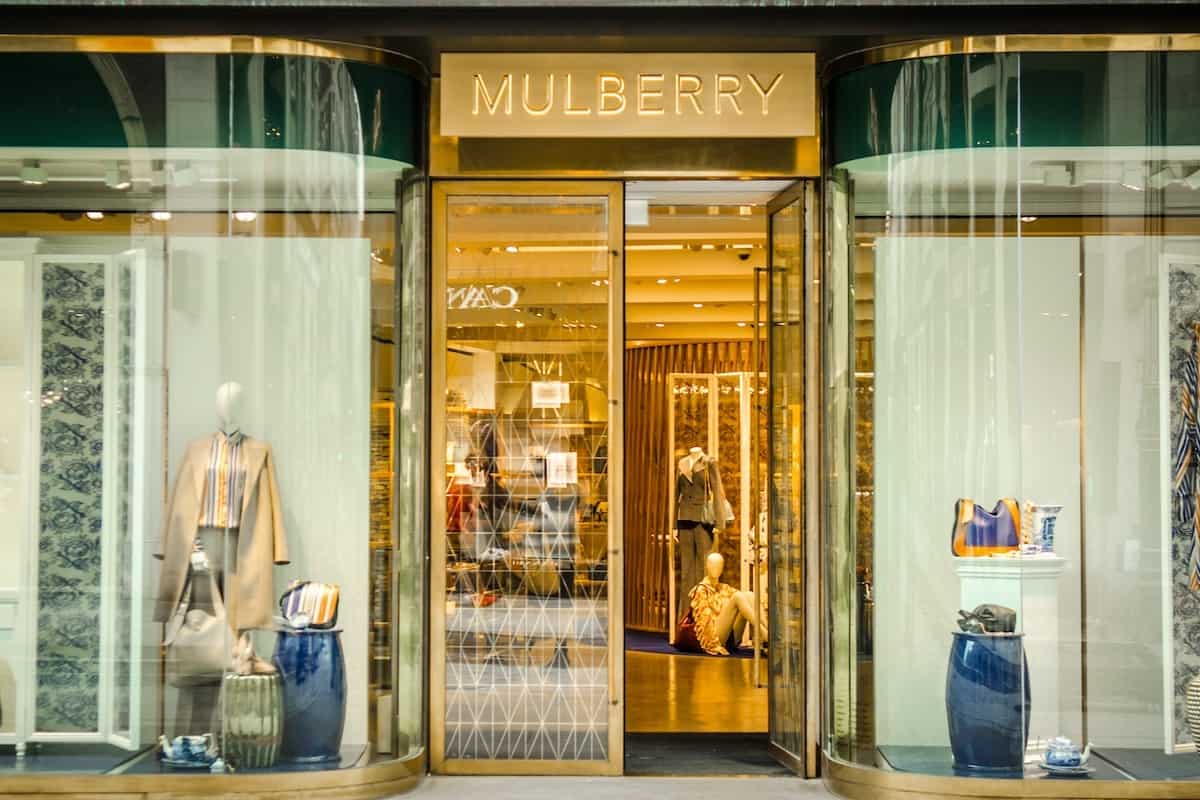Retailers are not fully exploiting mobile commerce as they are not developing for Android to the same degree that they do for iOS – and this could cost them dear, warns developer NN4M, as it publishes a white paper on Android – facts backed up by our own IRUK top 500 research, due out in January.
According to NN4M’s founder and director, Lorraine Howard: “There seems to be a trend where more high-end retailers prefer to develop an iPhone app first, and have often not extended their presence to the Android platform, however we have seen in the past six months a much more positive view to Android and have developed several recently with many more in the pipeline for 2015.”
This is backed up by our own IRUK Top 500 research, which shows that of the top 500 retailers in the UK, many do have non-transactional/web apps, but only 19% have a fully transactional native iPhone app while 15% have a fully transactional native Android app.
However when you drill down to the top 125 retailers in the list, that number jumps to 41% with a transactional native iPhone app and 38% with a transactional native Android app. If you narrow the criteria further to the top 24 retailers on Internet Retailing’s list (it had 24, not 25 retailers), you find that 79% have a fully transactional native iPhone app while 75% have a fully transactional native Android app.
And retailers are missing out. According to the latest smartphone sales data from Kantar Worldpanel ComTech, the percentage of Android market share is increasing every year. Android already has an 84.7% share of global smartphone shipments, according to research company IDC.
Across Europe, Android remains the leading operating system in countries including the UK, France, Germany, Spain and Italy, boasting a 74.0% share to Apple’s 15.3%. In the UK, by August 2014, Android commanded 59.5% of the market while Apple held 28.6%. In Spain, Android holds nearly 90% of the smartphone market.
“This means that there is a huge segment of the market to capture via an Android app,” says Howard. “For one of our clients, in the first month after the release of their Android app, Android accounted for 6% of the traffic and 2.5% of the revenue that the iPhone version made. Last month, a year after its release, the Android app accounted for 23% of the traffic and 29% of the revenue of its very strong iOS counterpart. For another of our clients that has only an iOS app, 42% of their website visits come from Android smartphones. The client is now in the early stages of development of a native Android app to better capture this audience.”
The problem it seems is one of erroneous perception, says Howard. “Many retailers want to target iPhone users because they tend to spend more per purchase, but with Android commanding 60% of the UK smartphone market, retailers are now looking closely at these numbers,” she says.
NN4M have produced a handy guide to Android for retailers that helps dispel these myths and offers advice on how to develop for Android. Download it here.








